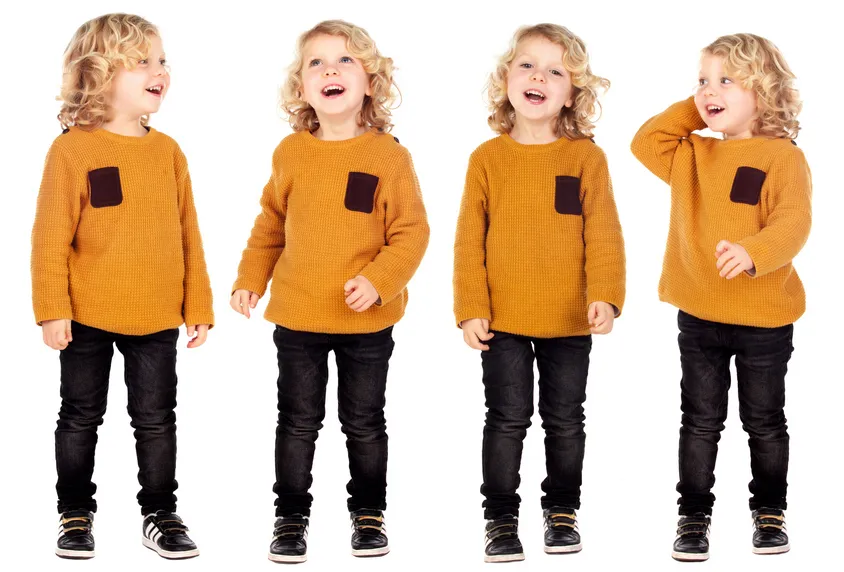Identifying Similar and Duplicate Images Made Easy
PictureEcho is a visual similarity duplicate image finder with an intuitive algorithm. It works as both an exact duplicate picture finder and a smart similarity detector.
Smart Duplicate Detection
Advanced algorithms detect both exact duplicates and visually similar images with customizable similarity thresholds.
Intelligent Preview & Selection
Preview images with full metadata, compare duplicates side-by-side, and use smart selection filters based on file size, resolution, or location.
Safe Removal Options
Permanently delete duplicates or move them to a folder. Supports multiple storage locations including external drives and networked locations.
Features & Functions
 is for
professional photographers
amateur photographers
designers
creative artists
photo lovers
is for
professional photographers
amateur photographers
designers
creative artists
photo lovers
Visual Similarity Detection
4 similarity levels to choose from — accurate, complete and clear results shown
Exact Duplicate Photo Finder
100% same photos identified as duplicate pictures
Automated Selection
Select photos based on file size, resolution, file history and location
Remove Duplicates
Permanently delete duplicate photos eating up disk space
Image Preview & Details
Preview results, analyze and take action on duplicate and similar photos
Move to Folder
Make a new folder and move duplicate images in it
Adobe Lightroom Integration
Click on Lightroom Tab, load the pictures library, and start a scan
Compatibility
PictureEcho works seamlessly across all modern Windows versions












